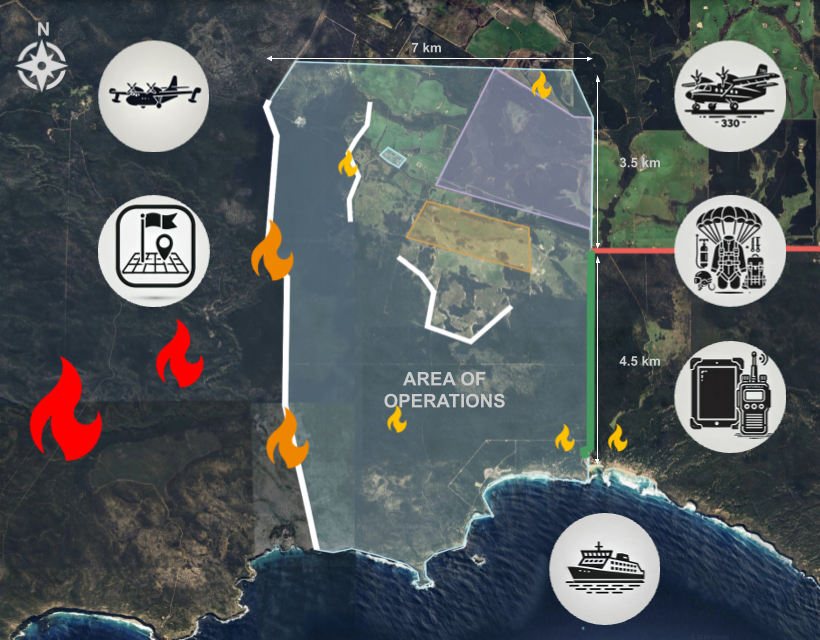
Choosing LZ YELLOW is a poor decision, exposing the team to significant risks with limited strategic benefits. While the location allows for immediate fire suppression efforts, the proximity to spot fires and worsening smoke conditions significantly increases hazards to team safety. This choice prioritizes containment at the expense of flexibility and civilian support, leaving critical areas vulnerable.
As the aircraft approaches the drop zone, the captain’s voice crackles over the intercom:
‘Attention, team. Gusts are now exceeding 90 klicks, with sudden wind shear detected. Smoke layers are shifting unpredictably—brace for challenging descent conditions.’
The first half of the team exits into the swirling haze, their parachutes vanishing almost instantly. But as the remaining jumpers prepare to deploy, a massive spike in turbulence forces the pilot to delay their exit. When they finally leap, the conditions are even worse—thick smoke and erratic winds make navigation a nightmare, scattering personnel across unfamiliar terrain.
Team Instructions
Under the guidance of your facilitator, half the team will move as Sub-Team 1 and the other half as Sub-Team 2 for the next stage.
